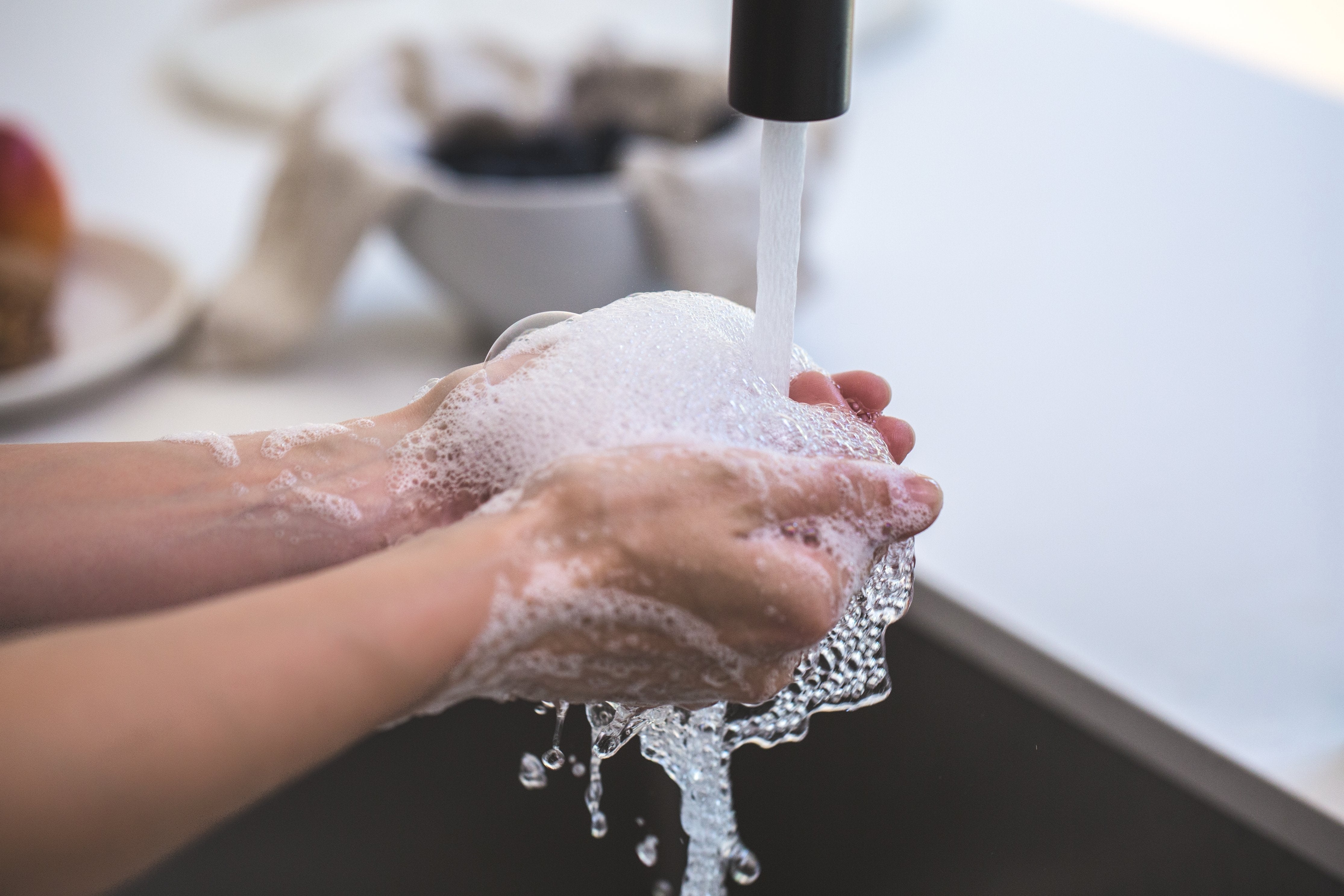Mainly found in items that are formulated to clean our skin, teeth and clothes, sodium lauryl sulfate (SLS) and sodium laureth sulfate (SLES) are just a few ingredients that are added to a range of everyday products. Often confused due to their similar names, there’s a big difference between SLS and SLES.
Both made by mixing lauryl alcohol with sulphuric acid and adding sodium carbonate, these sulphate compounds known as surfactants and can be found in many soaps, toothpastes, shampoos and washing liquids that are widely available on the high street. Surfactants mean that a little product can go a long way, all while other ingredients work to nourish, clean and protect.
With their main use to create the well-known foam we all know and love, these lather-creating extras also enable the core ingredients of products such as shower gel, toothpaste and washing liquids to be dispersed effectively across the entire surface area.

So, what’s the difference between SLS and SLES?
While both are added to create foam and help to produce a cleaning action, the two ingredients are very different.
Starting with sodium lauryl sulfate (SLS), this surfactant is a great cleaning product but is well-known to be an irritant when left on the skin for prolonged periods of time. By affecting the everyday function of skin proteins, this leads to damage of the outer layer of skin which helps to cause cracked, dry and tender skin.
If you suffer from comedones (more commonly known as whiteheads or blackheads), SLS has also been identified as a key player in increasing the number of these found on the face and body.
Additionally, SLS in shampoo and other hair products can often ‘sit’ on hair follicles even after washing, resulting in weakening of the hair follicles over extended periods of time.
So, sounds lovely, doesn’t it? Funnily enough, SLS is deemed as being ‘safe to use’ by many regulatory bodies such as The Cosmetic, Toiletry and Fragrance Association (CTFA) and The Cosmetic Ingredient Review Panel (CIR). In recent years, it has picked up a considerable amount of attention across the internet with rumours of it being linked to cancer, however, there has been no evidence that SLS is linked to this in any way.
One thing that’s known is that SLS can be a skin irritant when left on for prolonged periods of time and that is one reason why we do not use it in Bubble T products. If you do choose to use other brands that use SLS and feel any irritation, we would strongly suggest washing it off immediately and apply a soothing layer of SLS-free moisturiser to try to calm the skin.
Now we know a little more about SLS, sodium laureth sulfate (SLES) is created through a process called ethoxylation (any product ending in -eth has also been through the same process) where ethylene oxide is added to change the makeup of the compound.
Safe to use in bath & body products, this process means SLES is much gentler to use on both hair and skin and doesn’t strip the epidermis of any excess moisture, leaving it feeling soft, smooth and nourished.
Here at Bubble T, we choose to stay far away from SLS and use SLES in our shower gel, body scrub and foaming bath jelly to create the foam and lather we all love. When mixed with ingredients such as bergamot oil, orange seed oil, fruit extracts and tea-based infusions, SLES acts as an extremely effective addition to these products.
One key reason for choosing to use SLES is that while other foam-creating ingredients are out there on the market, many have been or are being tested on animals which we fully do not believe in or condone.
On the high street, you will find SLS or SLES in many products, including:
- Soap
- Shampoo
- Body wash
- Toothpaste
- Washing liquid
- Shaving cream
- Mouthwash
- Bubble bath
- Moisturiser
- Sun cream
- .. and many more
** If you have extremely sensitive skin, we advise you to stay clear of all products that use SLS or SLES, although there is extensive research that shows SLES to be perfectly safe for use on the skin.
** Seen our new Soapscription service? The world's first bespoke shower gel subscription service, enjoy 2x exclusive bath & shower gels delivered through your letterbox each month!
Find out more here: https://bubbletcosmetics.com/pages/soapscription



Share:
Introducing the new Confetea range
2 comments
Very informative and helpful. Thabk you so much. But may I ask what is more safe to use in making dishwashing liquids is SLES more safe then? Thank you for the answer.
thank you for this imprtant information